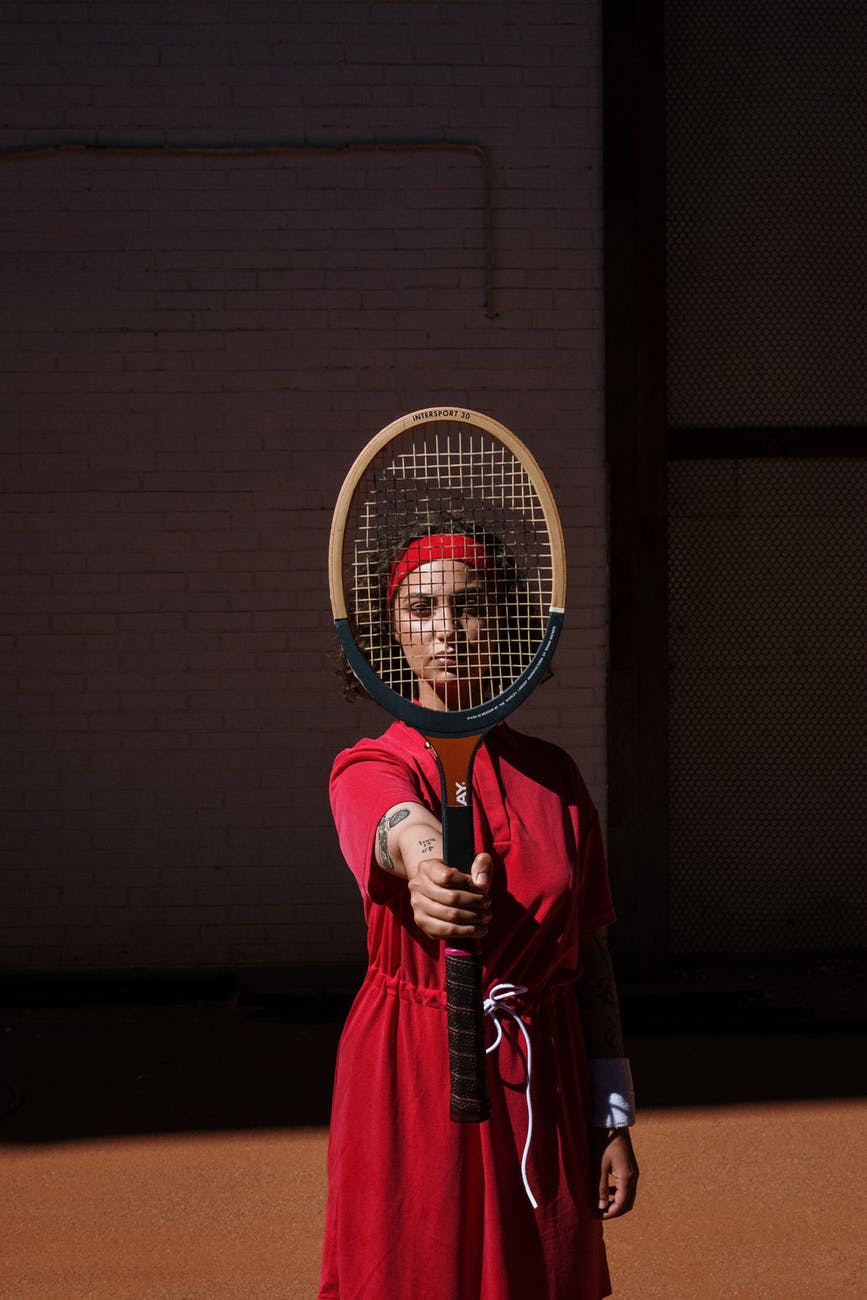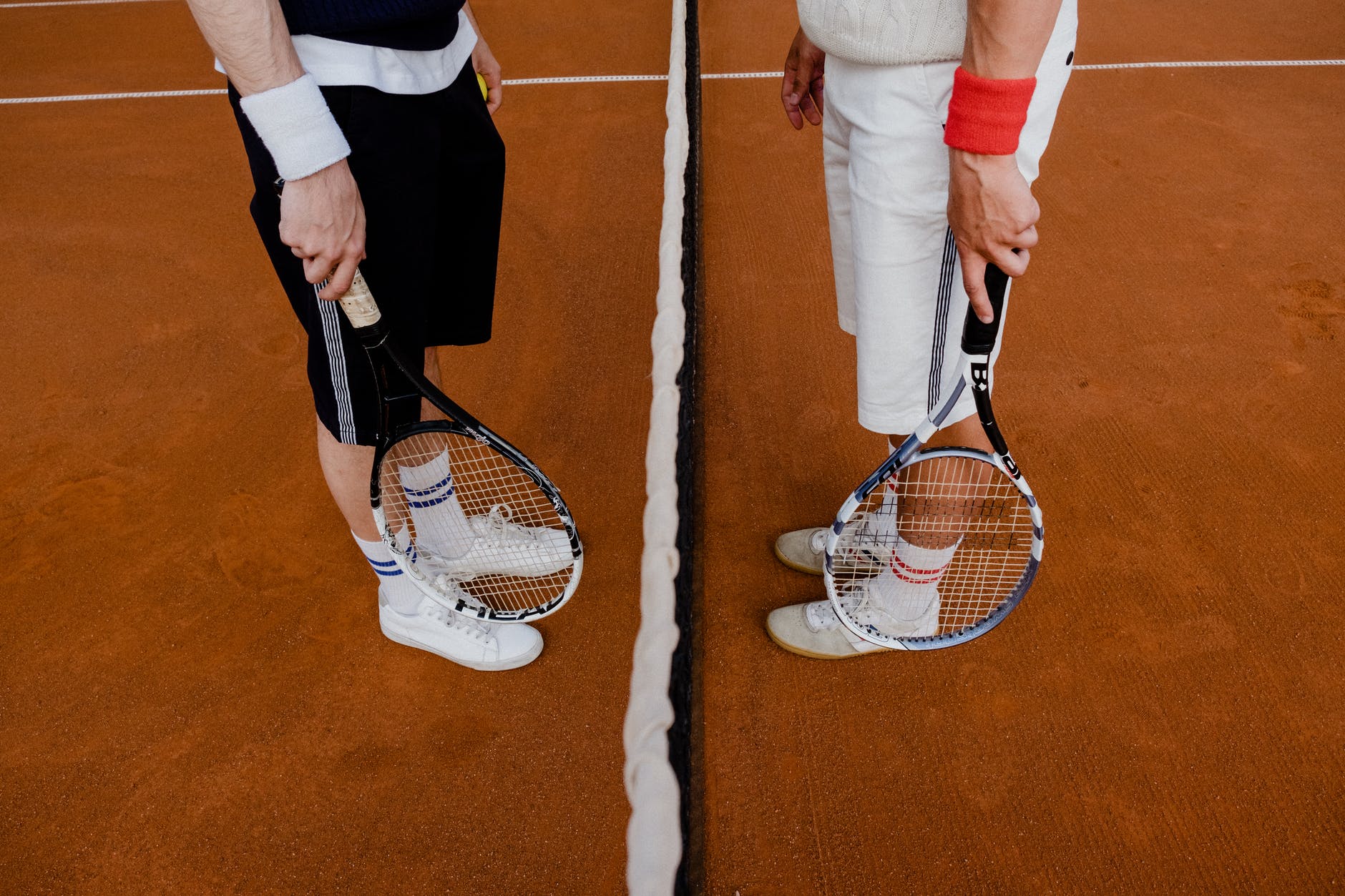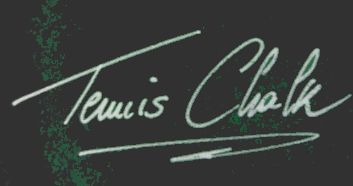Sign of the Crossed (18×20 vs 16×19)
Tennis is definitely a ground fertile for religion wars, and we have made it this way. Because we like it.
Few sports allow even the most deprecable amateurish player to jiggle with intricated and over-complex dissertations about the choice of his device of choice. Generally speaking, when a newbie begins with a new sport, any piece of equipment should do; it would take years of improvement, until the crafts of the art are sufficiently mastered, before the differences between different boots/gloves/clubs/soils/climate conditions make any difference, let alone how many advantages at the benefit of the performance delivered are identifiable. Seemingly, we should only perceive any difference between two different tennis racquets only when our groundstrokes are competitive enough on both wings, at least; we should have the decency to not quote any influence from our racquet head speed before our first serve dependancy has grown beyond 50%.
In fact, when it comes to our gear we become serious pro players well before it has any real influence on our outcome. Being male and having an engineering background, I end up quite prone to this attitude (female players tend to be more , but to my defence I think to be in good company. Over these last weeks my club has been combining slot hours between myself and a late bloomer (say, in his late 40s), who is prone to over-attacking. Well, that is a polite way to say that the guy plays like a die-hard Gulbis whose balls land within the court lines only 66% of times. For me playing a match with him lost any sense after the first session together: much better to stay with a good practice that allows me to put back the ball into play regardless of where it has bounced. Still, inevitably at the end of each session the guy wants to discuss the most subtle differences in setup: frame model variant, layout pattern, string gauge, even if any balancing would benefit. No wonder, as I eventually discovered, also the guy is an engineer of trade.
The second most divisive technical spec is the string pattern, with the first one of course being the frame section (box-beam VS tubular). Three less strings make all the difference in the world between the high-class, aristocratic, patriarcal 18×20 and the up-and-coming, populistic, youthful, 16×19. Control over power, feel over spin, hard-hit over pocketing,… that is the choice each player is required to make at the christening stage, i.e. when it is time to push the Confirm purchase button on the online shop website.

The 18×20 pattern enables much more feel of the ball and therefore it is a key characteristic of classic sticks like Head Prestige MP, or present as a control-oriented variant of the Wilson Blade and the Dunlop CX-200 families. Oddly enough, there is no 18×20 Pro Staff available, (though the strings in this family tend to be tighter at the sweetspot). Players who purchase such a racquet, consciously or subconsciously, intend to make a statement about having blue blood, rate free power a feat for peasants, and ultimately want to reconnect their game to the greats of the past. Like all aristocrats, they take pride in the fact that their family has provided great army officers whose clever strategies served well the Catholic Monarchs or similar: with virtually no extra power, but with enhanced placement, the 18×20 patrician player deploys his intelligent gameplan. They do not care about the reduced power: their arms are trained in the noble art of swording, hence they are able to produce power straight from the depth of their superior spirits.
The 16×19 pattern gifts the player with more free power and spin thanks to its elonged pocketing. It fits perfectly with the newcomers, the bourgeois players, down to the street kids. These players all but care for reaching the highest ball speed, and crushing the ball is their ultimate tactics. Whichever stong groundstroke they see on TV, they want to be able to replicate. Long rallies are their class discipline, and therefore they must be able to obtain enouth spin to safely put the ball beyond the net and between the lines, on an on again. Like iron-fist Lutherans, these players aim to strip tennis down to the bone of its authenticity as a game, releiving it from that aura made of majestic overstructure imposed by those schlerotic 18×20 players, with all their faith in the touch as the only device to salvation, their old-time clichés, and ultimately all their white colour.
It is of particular interest to watch a game between an 18×20 fossile against a 16×19 kid: like watching a Sunday service split into two half liturgies. On one hand the ball is slower, more straight, and the dynamics is vertical as if there was a fresco to rush to admire at the net. On the other hand, body movements are more simple, but the ball trajectories are so complex, twisted and turned continuously. The dynamics is horizontal, the player firmly standing his ground, his body bending unnaturally to enable whiplash hits all day long.

Safely enough, there is a net dividing them during the game. It is being only a matter of an hour, though, before the real fights begins: once the match is over, handshake is made, and a few words are spent on the tennis level, the two faithful reach their respective bags on the bench. That is the moment when each one pulls out his own gospel from the bag: the champion endorsing their racquet of choice. You will not help attending a ten-minute-long tirade on why 18×20 perfectly fits Djokovic’s control, and why 16×19 graciously grants Federer’s power from the baseline, and so on.
That will be the much-needed epyphany on the real, grounded, reason for a player to choose either one of the two layouts: because it is the stringing of choice of his favourite, god-like champion. And he duly complies.
Cuius regio, eius religio.
